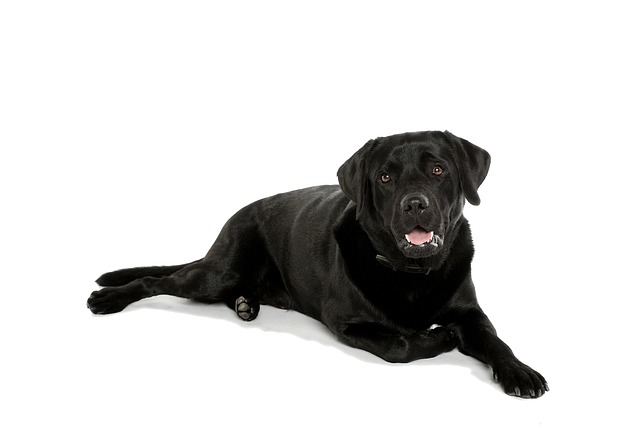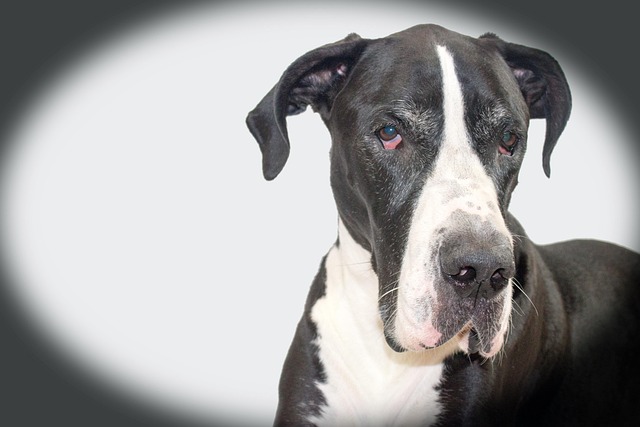
How to treat dog roundworm infection?
Finding tiny, spaghetti - like worms in your dog’s stool or vomit? Don’t panic—roundworm infections are one of the most common parasites plaguing pups across the US, UK, and beyond.
When your furry friend’s energy suddenly plummets and they’re refusing their favorite treats, worry sets in. Could it be parvo? This highly contagious virus can be a nightmare for dog owners, but catching it early can be a game-changer. Let’s dive into how you can accurately check if your dog has parvo, blending science with real-life tips that every dog parent needs to know.
First off, understanding the enemy is half the battle. Parvovirus attacks a dog’s rapidly dividing cells, mainly in the intestines and bone marrow. Puppies and unvaccinated dogs are sitting ducks, but even vaccinated dogs can be at risk in some cases. Symptoms are the first alarm bells, and they’re hard to miss if you’re paying attention. Sudden onset of severe vomiting, diarrhea that’s often bloody and has a distinct, foul smell, lethargy to the point where your usually bouncy pup just lies there, and a loss of appetite are all red flags. But here’s the tricky part—these symptoms can mimic other illnesses too, like food poisoning or gastroenteritis. That’s why relying solely on symptoms isn’t enough.
The gold standard for confirming parvo is a vet visit. Veterinarians use an in-house test kit that detects specific parvovirus antigens in your dog’s feces. It’s quick, usually taking just 10 to 15 minutes, and provides fairly accurate results. However, false negatives can occur, especially if the sample is taken too early in the infection. To rule out any doubts, vets may also run blood tests. A complete blood count (CBC) can reveal a drop in white blood cells, which indicates the body’s struggle against the virus. Keep in mind that in many regions, vets are legally required to report suspected parvo cases. This isn’t just bureaucracy—reporting helps local animal health departments track outbreaks and ensure that proper public health measures are in place, especially when it comes to safeguarding other pets in the community. So, don’t skip that vet appointment thinking you can handle it on your own.
 While professional diagnosis is crucial, there are things you can do at home to stay proactive. Keep an eye on your dog’s behavior and bathroom habits like a hawk. If your dog seems unusually tired after playtime, or if their stools start looking abnormal, make a mental note. In many Western households, dogs have access to large yards or frequent trips to dog parks. If your dog has recently been in a communal space where other dogs gather, the risk of exposure increases significantly. Cleanliness becomes your best defense. Regularly disinfecting your dog’s bowls, toys, and bedding with a bleach solution (diluted properly, of course) can kill the virus, which can survive in the environment for months.
While professional diagnosis is crucial, there are things you can do at home to stay proactive. Keep an eye on your dog’s behavior and bathroom habits like a hawk. If your dog seems unusually tired after playtime, or if their stools start looking abnormal, make a mental note. In many Western households, dogs have access to large yards or frequent trips to dog parks. If your dog has recently been in a communal space where other dogs gather, the risk of exposure increases significantly. Cleanliness becomes your best defense. Regularly disinfecting your dog’s bowls, toys, and bedding with a bleach solution (diluted properly, of course) can kill the virus, which can survive in the environment for months.
If you suspect parvo, quarantine your dog immediately. In most regions, there are strict regulations about containing infectious diseases to prevent community spread. This means keeping your dog away from other pets and limiting their contact with common areas like shared walkways. Remember, parvo is transmitted through fecal-oral contact, and it’s incredibly resilient. Even if your dog just sniffs around an area where an infected dog defecated, they could be at risk.
In conclusion, checking for parvo is a blend of vigilant observation, professional intervention, and responsible pet ownership. By knowing the symptoms, getting prompt veterinary care, and taking preventive steps at home, you can protect your dog from this deadly virus. Your furry companion relies on you, and a little extra attention can go a long way in ensuring their health and happiness. So, stay informed, stay proactive, and give your dog the best chance at a parvo-free life.

Finding tiny, spaghetti - like worms in your dog’s stool or vomit? Don’t panic—roundworm infections are one of the most common parasites plaguing pups across the US, UK, and beyond.

That sudden retching sound as you grab your keys. The pile of undigested food or yellow bile on the floor when you return home. Your dog’s distress during separations is clear,

Picture coming home to find your dog panting wildly, with diarrhea on the floor—and no clear reason for the mess. Could their separation anxiety be upsetting their stomach?

Let’s talk about the uninvited hitchhikers that could be freeloading in your dog’s gut right now. You’ve probably seen them – those unsettling, rice-like segments wriggling near your dog’s tail or stuck to their bedding.

Picture your Labrador bounding across the yard as a tennis ball soars through the air—launched by a machine that takes “fetch” to the next level.

Imagine returning from a long day, expecting your dog’s usual excited greeting. Instead, you find them huddled in a corner, gasping for air, their sides heaving with each labored breath.